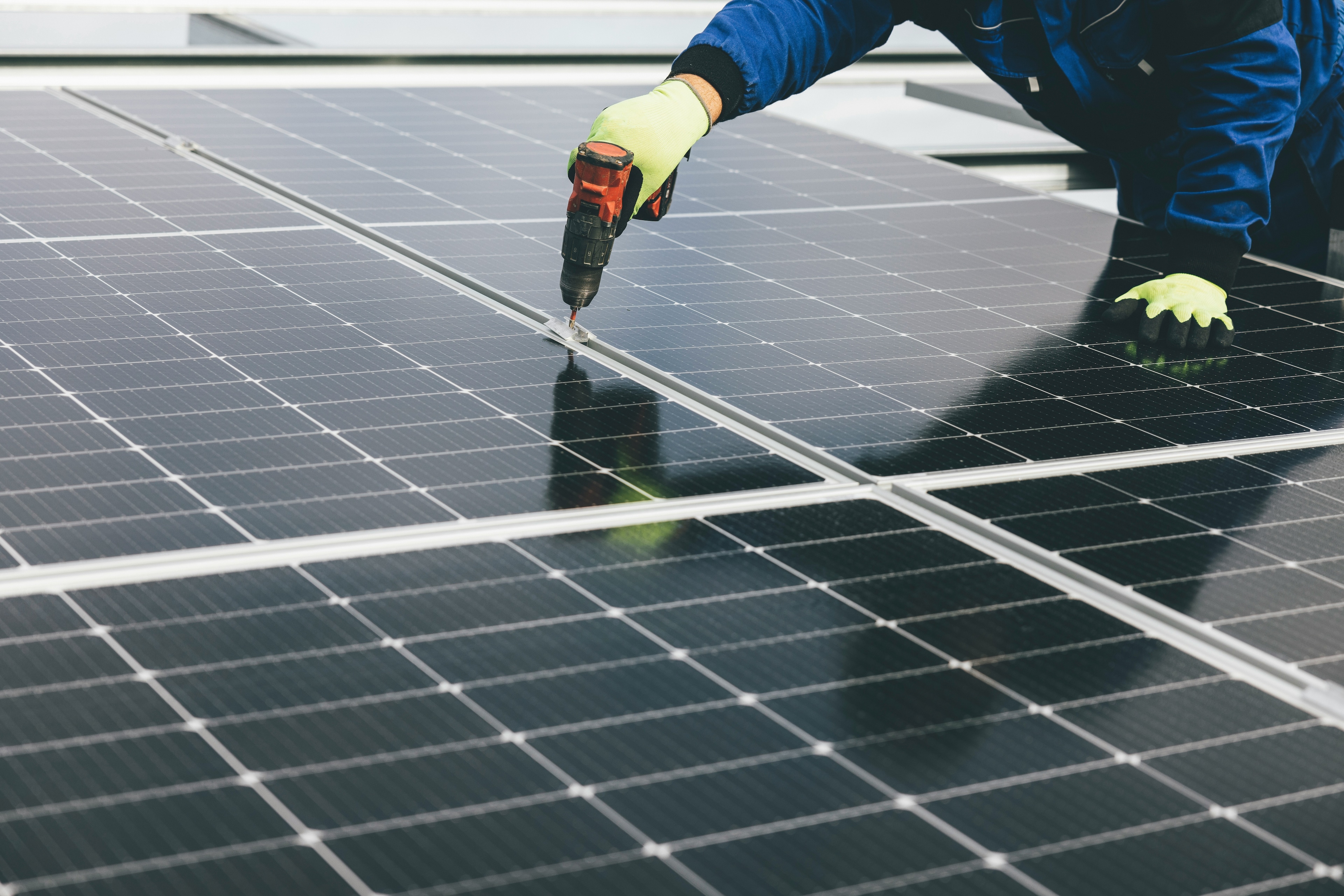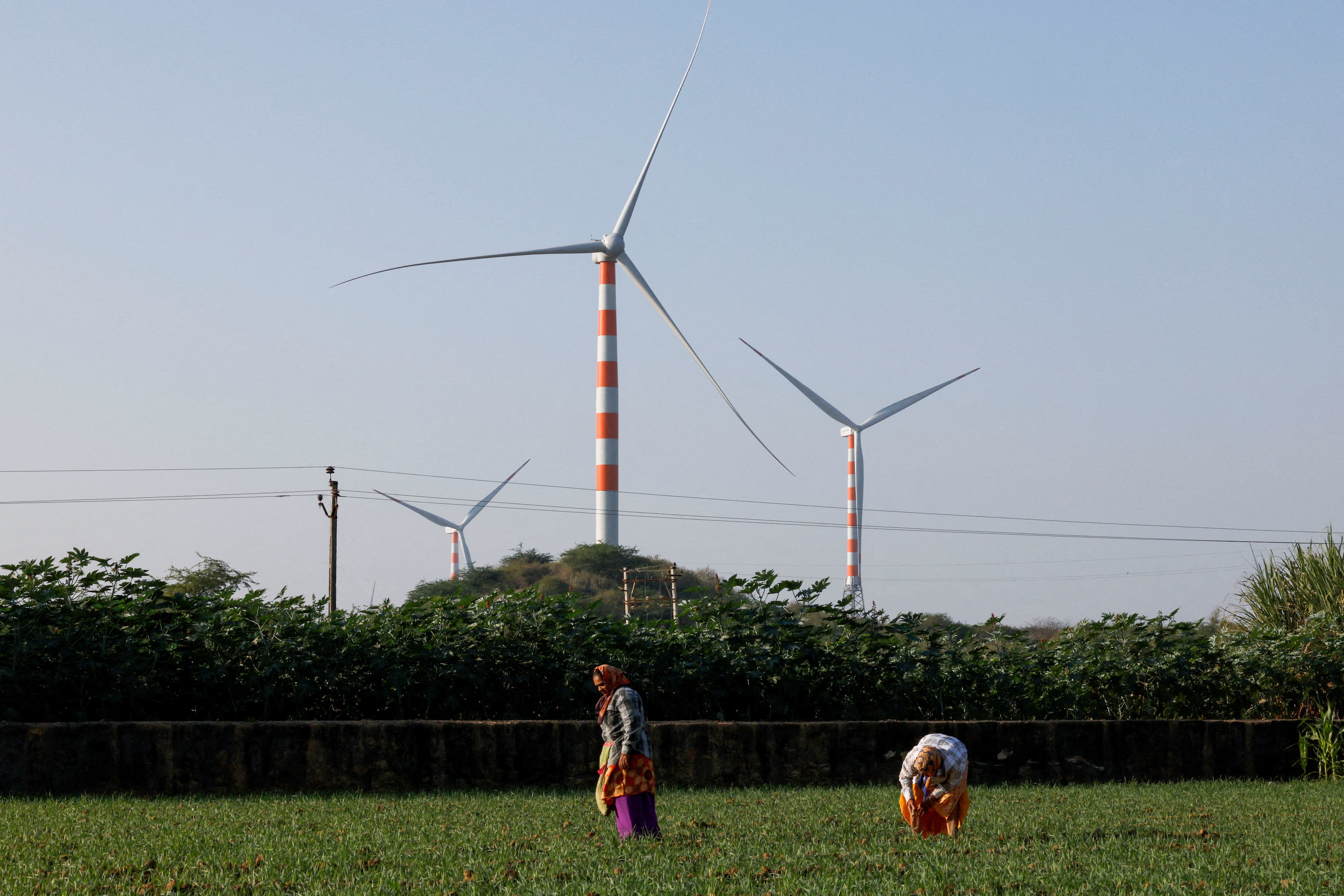8 steps towards a sustainable economic recovery
How to build a bright new future for all
Image: REUTERS/Yiannis Kourtoglou
Stay up to date:
Decarbonizing Energy
- A successful transition to a sustainable future will depend on international collaboration and transformations across multiple sectors.
- Here are eight recommendations for policy-makers to hasten the green revolution.
There has been much discussion over the past few years about the 'energy transition'. The underlying premise is that the transition to lower and zero-carbon energy sources should be accelerated to mitigate the impact of global warming. The current pandemic is shining additional light on global interconnectivity and the need to collaborate and share best practices.
Much of the focus today is on decarbonizing electric power production via renewables, but only about one quarter of global GHG emissions are from electricity. The industrial sector (refining, petrochemicals, fertilizers, cement and steel production) together generates about 21% of GHG emissions. At present, only 15% of industrial energy use is derived from electricity. Shifting the world’s transport sector, which accounts for circa 15% of global emissions, from oil-based to low carbon fuels will also require a diverse set of technologies.
As governments across the world consider implementing fiscal incentives to combat the economic downside from COVID-19 and to offset the threats posed by climate change, there are many opportunities to benefit from the sustainable revolution. Here are eight recommendations to consider for immediate implementation:
1. Ensure stimulus packages shape a sustainable future
When clean economy jobs are put at the centre of stimulus programmes, both a long and short-term jobs-boost across a diverse workforce is achieved. After the great recession in 2008, hundreds of thousands of jobs were created across the world as countries rolled out wind, solar and grid projects. Going forward, government stimulus could be used to support labour-intensive work such as energy-efficiency projects in buildings and industry. In addition, any support for carbon-intensive industries should include a commitment to carbon reduction.
2. Invest in the future
Rather than bail out the ‘past’, the better response is to enable businesses to become leaders in the future by enabling investments in technologies such as batteries, hydrogen, electric transportation, and AI, and in areas as diverse as sustainable agriculture, clean environment and clean food. It is also critical to invest in under-capitalised developing countries which are the growth markets of the future, and which are critical to meeting climate goals. Long-term government policy has traditionally inspired private capital and would potentially super-charge a global sustainable revolution.
3. Empower the consumer!
The more engaged the consumer, the greater the likelihood that stimulus packages will make positive impacts. Transparency is important and product efficiency standards for household goods or automobiles help provide this to consumers. Incentives and fees can also shape consumer behaviour and drive clean investment. One example is a ‘cash for clunkers’ programme which incentivises the purchase of cleaner vehicles, improving the climate and reducing air pollution.
4. Create a level playing field for clean energy
Across the world there are subsidies or taxes in place which benefit the incumbent fossil fuels industry at the expense of low-cost clean energy. In Germany, for instance, retail consumers pay up to 30 euros cents per kWh for electricity while gas or oil for heating purposes is only 7 cents. The introduction of a carbon fee would motivate badly needed investments in clean infrastructure, provide regulatory certainty to investors and businesses, and create a wave of entrepreneurship that can quickly stimulate the economy and benefit the environment.
5. Modernize existing infrastructure
Over many years, facility infrastructure has been allowed to deteriorate and many now lack modern technology and physical infrastructure to maintain safe, efficient, resilient and flexible operations under emergency and new normal conditions. The guiding principle for infrastructure renewal should be to build back better. Renewed facilities must meet modern standards for energy efficiency and air and water quality, and minimize long-term operational costs. Facilities should also have resilient, decentralized energy systems and be able to adapt to public health or emergency situations.
6. Simplify government bureaucracy
One big obstacle to investments in clean energy is complex and burdensome regulation. For example, rooftop solar installations in most of the United States are twice as expensive as they are in Germany and take three times as long due to complex permitting regulations and cumbersome installation laws. These types of barriers exist in multiple countries across the entire energy sector, illustrating the need for simplified accreditation and permitting processes.
7. Encourage state-of-the-art electricity system installations
Electricity companies across the world have done a very good job of maintaining electricity reliability despite the coronavirus. The crisis has also shown that our power system can operate with greater amounts of intermittent renewables than previously thought. However, negative prices and increasing price volatility showed us that there is a limit to what the current system can do. Going forward, the electrification of transport and buildings (acting as “prosumers”) is the next big opportunity and challenge for power systems, driving the need to strengthen and digitalize the 21st century distribution grids.
8. Incentivise energy sector restructuring
The fossil fuel industry, from shale oil drillers in Texas to coal miners in China, is in economic distress. Much of the industry will have to go through significant restructuring, causing local economic impacts. Financial incentives need to fund the transition to the clean energy economy and convert shuttered fossil fuel plants to alternative uses such as data centres.
What's the World Economic Forum doing about the transition to clean energy?
Building momentum
In summary, these eight recommendations can help lead the way towards a low-carbon, clean energy future. By using the momentum prompted by the global pandemic, a “can do” attitude from our political leaders, global businesses and local communities, provide awesome opportunities to build a sustainable future globally now. It is, perhaps our biggest opportunity to do good across the world.
Don't miss any update on this topic
Create a free account and access your personalized content collection with our latest publications and analyses.
License and Republishing
World Economic Forum articles may be republished in accordance with the Creative Commons Attribution-NonCommercial-NoDerivatives 4.0 International Public License, and in accordance with our Terms of Use.
The views expressed in this article are those of the author alone and not the World Economic Forum.
Related topics:
Forum Stories newsletter
Bringing you weekly curated insights and analysis on the global issues that matter.
More on Energy TransitionSee all
Charles Bourgault and Sarah Moin
August 19, 2025
Jürgen Karl Zattler and Adrian Severin Schmieg
August 18, 2025
Piyush Verma
August 18, 2025
Valentin Chomel and Jacques-Alexis Verrecchia
August 14, 2025
Gaurav Upadhyay and Labanya Prakash Jena
August 8, 2025
David Timis
August 8, 2025






